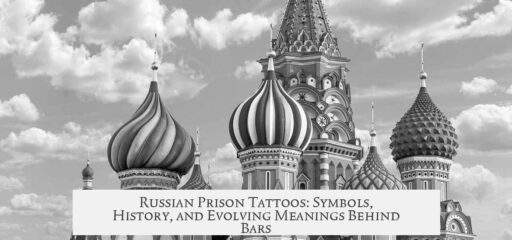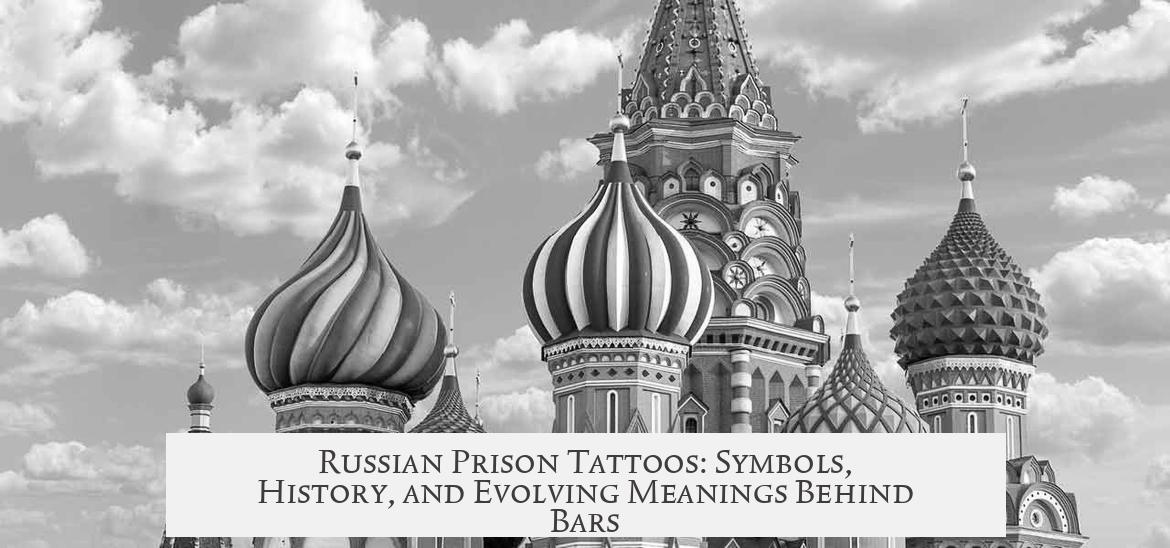Russian prison tattoos carry precise meanings rooted in criminal culture. These tattoos reflect an underground social code known as “thieves in law,” a complex hierarchy in Soviet and post-Soviet criminal prisons. Despite modern shifts, many tattoos cataloged by Arkady Bronnikov and others offer genuine insight into this world.
Tattoos serve as coded messages within the prison environment. They signal rank, criminal specialty, and personal history. This system emerged in Soviet labor camps, where inmates built an anti-communist, anti-authoritarian subculture. The tattoos work as both identity markers and warnings.
One of the better-known images is the star tattoo, often inked on shoulders or knees. It signals a high-ranking “thief in law,” a top criminal authority who adheres to the strict code of the underworld. The tattoo demands respect and signals defiance of prison authorities.
Another significant tattoo is the bow tie on the neck. According to prison lore, this mark is forcibly applied to pickpockets who break the criminal code and cooperate with authorities. The tattoo stigmatizes offenders and may feature a dollar sign, suggesting a role in safe-cracking or money laundering.
The mermaid tattoo holds a darker meaning. Often forced on inmates, it identifies victims of sexual assault in prison. The tattoo is hidden from guards yet known among prisoners, marking those labeled “amurik” or “cupid,” denoting forced humiliation within the inmate justice system.
Many tattoos carry forced or punitive origins. Inmates branded with tattoos for breaking rules or being outcasts experience social alienation. These marks reinforce the internal justice system, which operates separately from official prison authorities. This aspect is vital to understanding the tattoos’ social impact.
Historical examples include prisoners tattooing Stalin’s image over organs like kidneys. This tactic shields vital areas from blows by guards, displaying both subversion and clever survival strategies inside the camps. Over time, such imagery became an ironic symbol of power and protection.
The origins of extensive tattoo documentation trace back to photographers like Arkady Bronnikov, who worked with Russian police to archive these criminal images. His collections, alongside the Russian criminal tattoos wiki, confirm the tattoos’ meanings are well-researched and authentic, despite occasional myths.
However, it’s important to note these symbolic meanings are somewhat outdated. The tattoo culture described mainly reflects Soviet and early post-Soviet prison systems. Today, tattoos in Russian prisons may not hold the same standardized meanings or prevalence. Younger inmates often reject or reinterpret these symbols.
For those seeking in-depth understanding, documentaries offer valuable perspectives. “Thieves by Law” explores the brutal hierarchy and mafia connections behind these tattoos. “Mark of Cain” (2000), by Alix Lambert, gives a stark look at prison life and the role tattoos play beyond aesthetics.
In summary, Russian prison tattoos serve as a complex language of survival, status, and social control within a harsh penal environment. Despite modern changes, their historical significance and coded meanings provide insight into prison and criminal subcultures.
- Russian criminal tattoos denote rank, history, and criminal specialty.
- Many tattoos were forcibly applied to punish or stigmatize prisoners.
- The “star” and “bow tie” tattoos symbolize criminal rank and code violations.
- The “mermaid” tattoo marks victims of forced sexual assault within prisons.
- Tattoos evolved as part of an anti-authoritarian, anti-communist inmate subculture.
- Documentaries like “Thieves by Law” and “Mark of Cain” offer detailed insights.
- Meanings have shifted and may not apply to current Russian prison tattoo culture.
Russian Prison Tattoos and Their Meaning: A Dive into a Dark World (Includes Pictures)
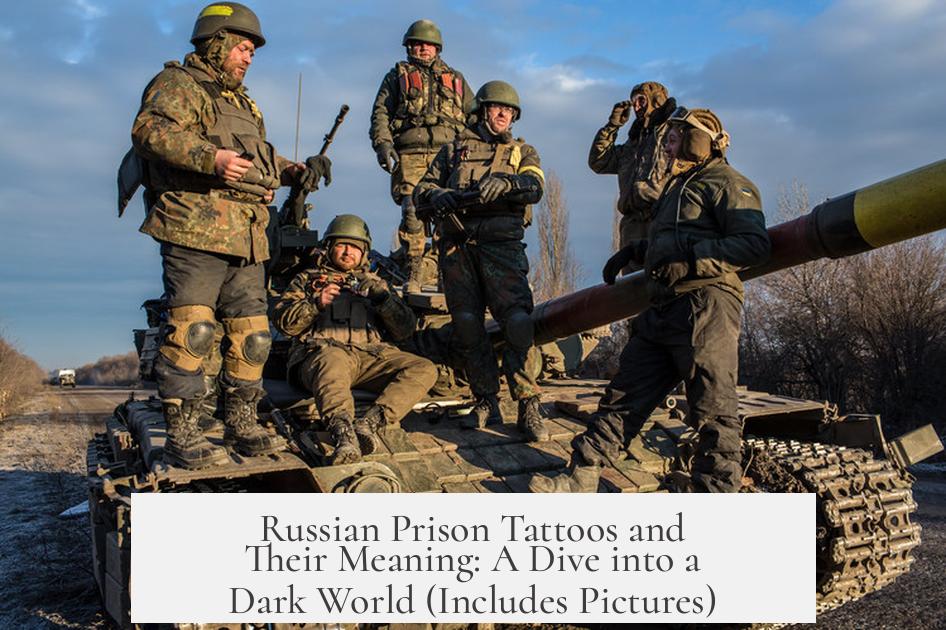
Russian prison tattoos are not mere decorations. They are a language, a secret code, a badge of honor—or shame. Every line, symbol, and spot tells a story about the wearer’s life, status, and sometimes grim experiences inside Russian penitentiaries. These tattoos carry meanings you won’t find in any ordinary parlour tattoo catalog. Let’s unravel this hidden world, often misunderstood, where ink becomes a survival tool.
So what do these tattoos really mean? Are they all forced or chosen? And how relevant are these symbols today? Buckle up.
Unpacking the Symbolism: The Language of Ink Behind Bars
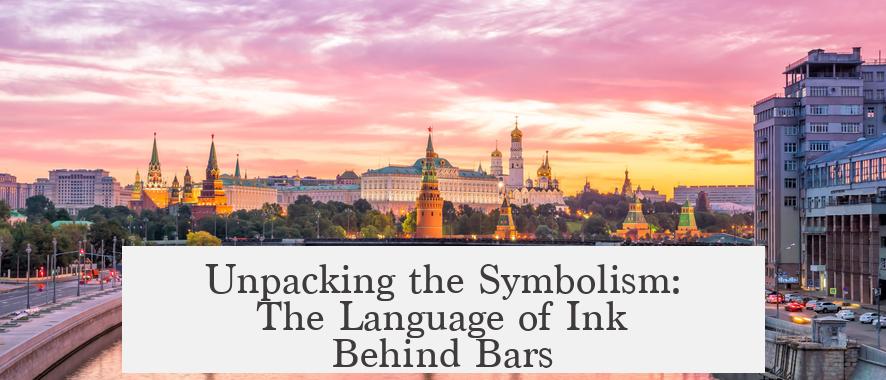
Let’s start with the basics. The work of Arkady Bronnikov, a man who practically invented the study of Russian criminal tattoos, is foundational. His fascinating archive of photos taken for the Russian police isn’t just portraits—it’s a catalogue of meanings. Surprisingly, much of his research stands the test of time, validated by multiple sources including the Wikipedia page on Russian criminal tattoos. These tattoos are as authentic and coded as any ancient hieroglyphic script.
But wait, not every tattoo is wanted or chosen. Some tattoos were forcibly applied. Imagine prison guards or fellow inmates branding you against your will. This was common in Russian prisons, where tattooing was an unofficial method of alienation. For example, the notorious mermaid tattoo was forced on some inmates, marking them as “amurik” or “cupid.” This cruel symbol identified prisoners who had been raped by fellow inmates—a secret shame, hidden carefully from guards.
Then there’s the bow tie tattoo on the neck—a badge of disgrace forcibly inked onto pickpockets who betrayed the thieves’ code by cooperating with authorities. The dollar sign on it? It suggests the wearer might also dabble in safe-cracking or money laundering, adding layers to the story these images tell.
Stars On Shoulders: Myth or Truth?
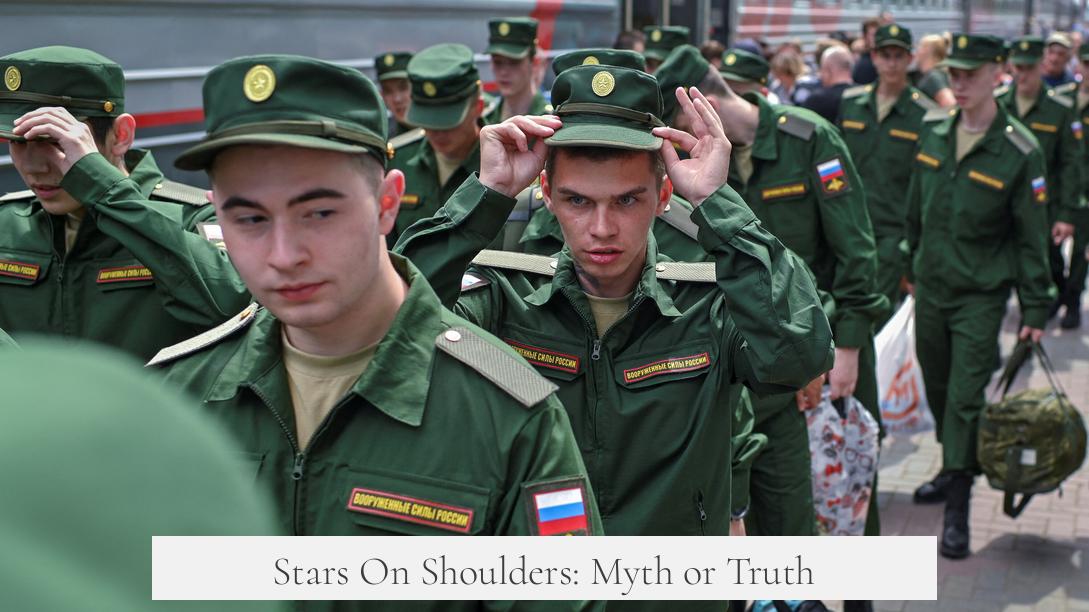
You might have heard that stars tattooed on the shoulder blades mean something “very powerful” about rank among criminals. Some believe these stars on the shoulders represent two different meanings, but it’s likely a myth spun from misunderstandings or exaggerations. Legends aside, this just highlights how the meanings can become murky and often over-interpreted, even among experts.
The Harsh Context: Prison Culture as Anti-Social Rebellion
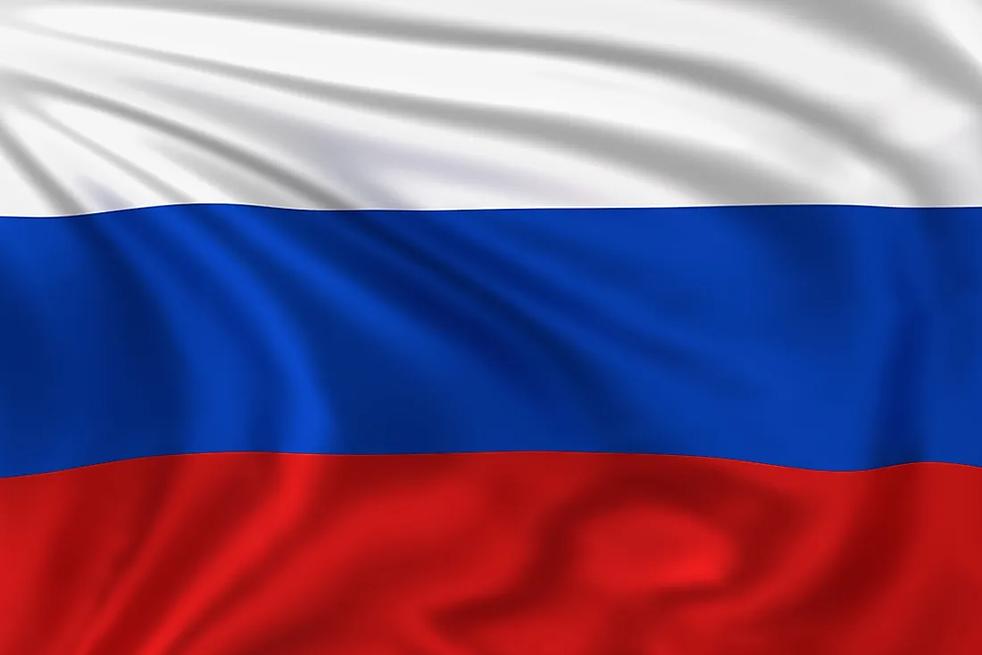
Why do these tattoos carry such heavy meaning? The backdrop is crucial.
Russian prisons are more than just holding cells—they’ve been described as slave labor camps where anything and everything joins the anti-social, anti-communist underground. Prisoners lived by codes that outright rejected the state’s laws. The “thief in law” (vor v zakone) system dominates, an underground aristocracy with strict laws and criminal oaths. Those who break the code, or come from despised groups like drug addicts or pedophiles, often bore tattoos telling their sins and social status in vivid detail. Imagine anarcho-nihilism inked on human skin, complete with rules and rituals.
History Wears Tattoos
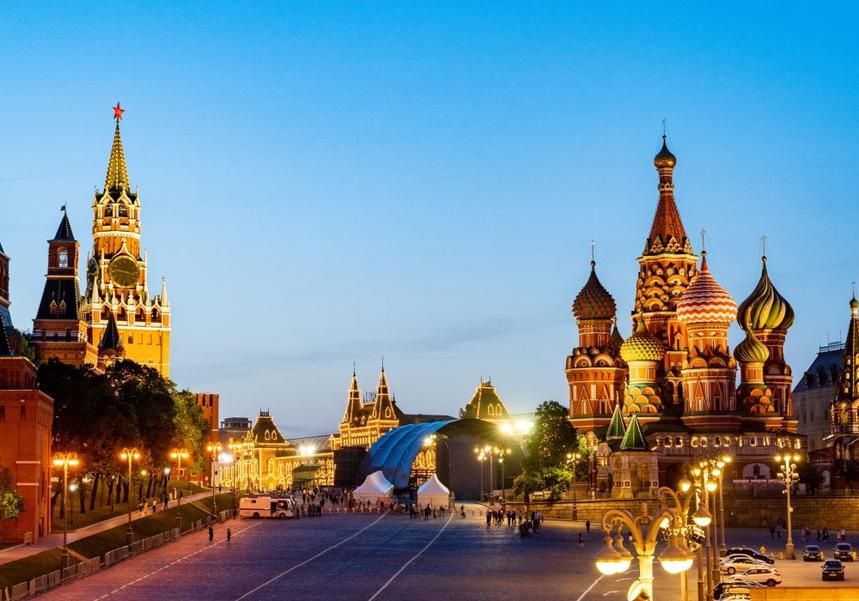
It gets darker—and cleverer. Inmates crafted ingenious ways to protect themselves. For instance, some early Soviet prisoners tattooed Joseph Stalin’s image over vital organs like kidneys to prevent guards from beating that area. It was both symbolic loyalty and a shield. These historical roots elevate tattoos from mere body art to survival strategy.
Bronnikov’s photographs, originally a monitoring tool for Russian law enforcement, became an archive of this fractured, secret world. These marked prisoners carried their stories on their skin, creating a living history book that few outside the system could read.
Modern Day: Outdated or Evolving?
Hold on! Don’t assume you can walk into a Russian prison today and decode someone’s past from their tattoos using this ancient script. The reality is these meanings have become outdated. The brutal Soviet era influenced them heavily, and with the fall of the USSR, prison culture shifted. Tattoos may still be popular but their meanings have morphed. Some meanings might persist, sure, but don’t blindly trust every detail for current cases.
Want to Get Hooked on the Full Story?
If you just scratched the surface and want more, documentaries like Thieves by Law are essential viewing. This film delves into the Russian mafia’s brutal rules and the system that gave birth to these tattoos. It unveils the inner workings of a world united by blood, betrayal, and ink.
Similarly, the documentary Mark of Cain (2000) by Alix Lambert is a must-watch for tattoo lore lovers. It’s raw and eye-opening, showing how tattoos express cruelty, redemption, and survival in Soviet and post-Soviet prisons.
Wrapping Up: Tattoos as Spaces of Identity
Russian prison tattoos are more than skin deep. They reveal stories of pain, power, punishment, and resilience. Forced tattoos tell hidden tales of oppression, and voluntary ones signal allegiance or rank in a shadow society that thrives on anti-establishment rebellion.
So next time you see a tattoo, especially a star, bow tie, or mermaid inked in the style of Russian prisoners, ask yourself: is this art, a secret language, or a mark of survival? The truth lies beneath the surface—sometimes brutal, sometimes ingenious, but always telling a story.
And remember, while the past’s tattoo codes offer a fascinating lens, today’s prison tattoos may speak a very different language. Careful interpretation is key—sometimes tattoos are more about history than current reality.
Feeling curious? Why not explore Bronnikov’s archives and documentaries? Dive into the complex world where ink meets identity, crime, and survival. You’ll never look at tattoos the same way again.
| Tattoo | Meaning | Additional Notes |
|---|---|---|
| Mermaid | Forced on prisoners who were victims of rape | Secretive, hidden from guards, signifies victimization |
| Bow Tie on Neck | Mark of forced cooperation with authorities | Can include dollar sign showing safe-cracker or money launderer |
| Stars on Shoulders | Alleged rank among thieves, but likely myths | Interpretations vary, not always reliable |
| Stalin Tattoo over Organs | Protection from guards’ beatings | Clever use of state iconography |
Are tattoos just ink? Or are they keys to understanding a world we rarely see? In Russian prisons, they are both history and survival etched on skin.
